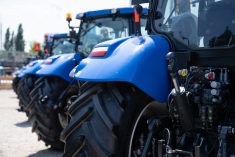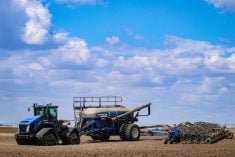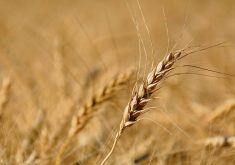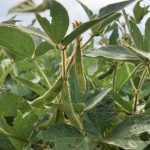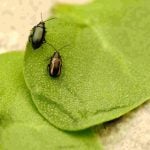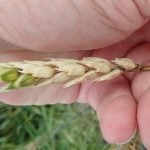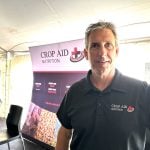CNS Canada — Aerial crop sprayers are spending more time on the ground than in the air in Western Canada this season, with hot and dry weather limiting disease pressures and changing the economic threshold for insect applications.
“The crops came out of the ground very aggressively and good, but there was a prolonged hot spell without any precipitation and most growers second-guessed themselves on the benefits of a fungicide application,” said Colin Bevan of Kindersley Air Spray and president of the Saskatchewan Aerial Applicators Association.
Read Also
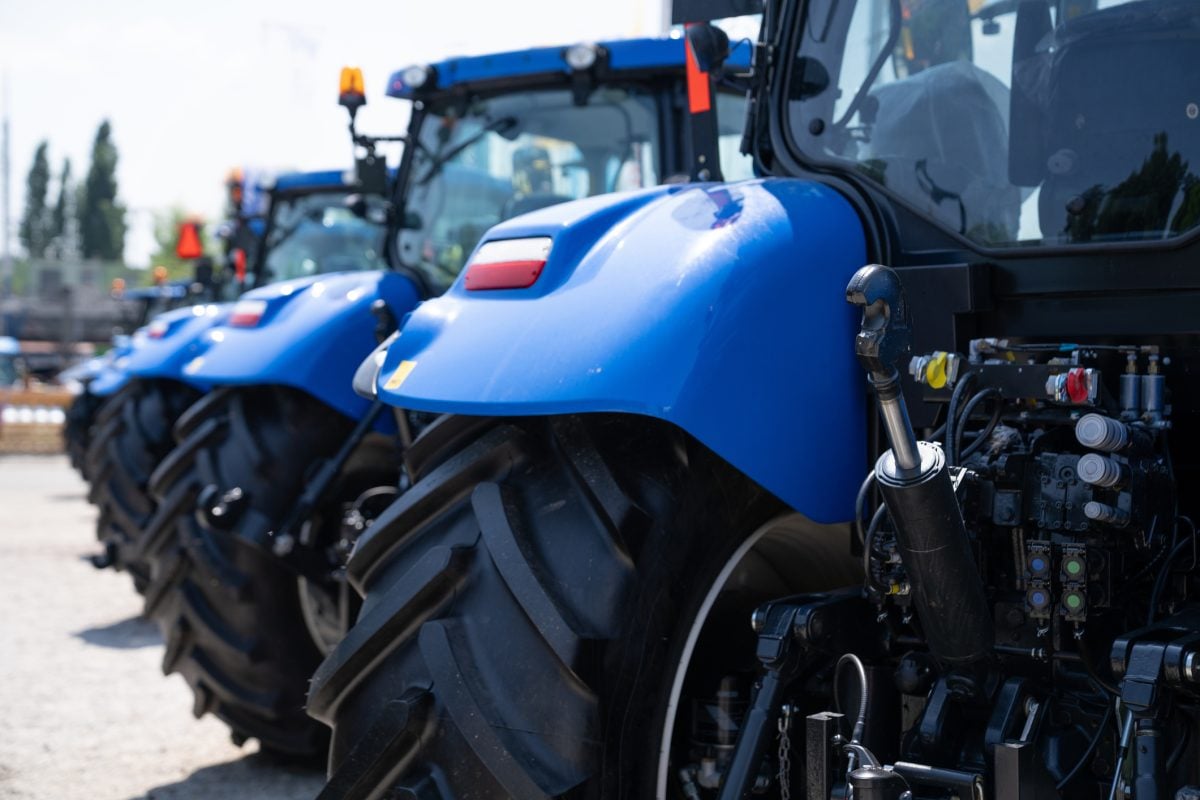
Association of Equipment Manufacturers sets up lobby in Ottawa
The Association of Equipment Manufacturers, an organization representing North America’s agriculture and construction equipment makers, is setting up an office in Ottawa.
“Basically, the industry has fallen flat throughout most of the Prairie provinces,” he said, noting that his own company would have usually covered 100,000 acres by this time of year, but had only done 10,000 so far in 2017.
Insect pressure could still necessitate spraying, he said, but with the hot and dry conditions and lowered yield expectations, “the economic threshold changes for insect applications and it will take a pretty significant infestation of bugs before they find it financially advantageous to make an application.”
After a very busy 2016 of heavy disease pressures across the Prairies, many in the air application sector made substantial asset acquisitions, “and there will be some financial disparity for sure,” said Bevan.
“Not only is it a drier year, there was also a big increase of equipment brought in,” added Dave Frisch of Jonair Ltd. and president of the Manitoba Aerial Applicators Association.
As a result, he said, the reduced demand for aerial application was being spread around more providers.
“With the cost of an aircraft, for someone to spray nothing would certainly be a financial concern,” said Frisch. He added that “last year was an exceptional year, but not every year will be the same… it’s like farming; Mother Nature plays a big role.”
Years ago, “even in a bad year producers would still give some acres to the local air applicator to keep him going through the hard times, so that when they needed him — he was there,” said Bevan, “but society doesn’t work on those principles anymore.”
As a result, “there will probably be some failures, and when the crop producers need those applicators they will have shot themselves in the foot,” said Bevan.
While aerial applicators may be grounded right now, Bevan said, desiccating canola aerially has also taken off in recent years. Those jobs could “provide the salvation for a lot of operators,” if they materialize.
Potato fields in Manitoba are also consistently sprayed, limiting the downturn in aerial applications in the province compared to elsewhere in the Prairies, said Frisch.
— Phil Franz-Warkentin writes for Commodity News Service Canada, a Winnipeg company specializing in grain and commodity market reporting. Follow him at @PhilFW on Twitter.




